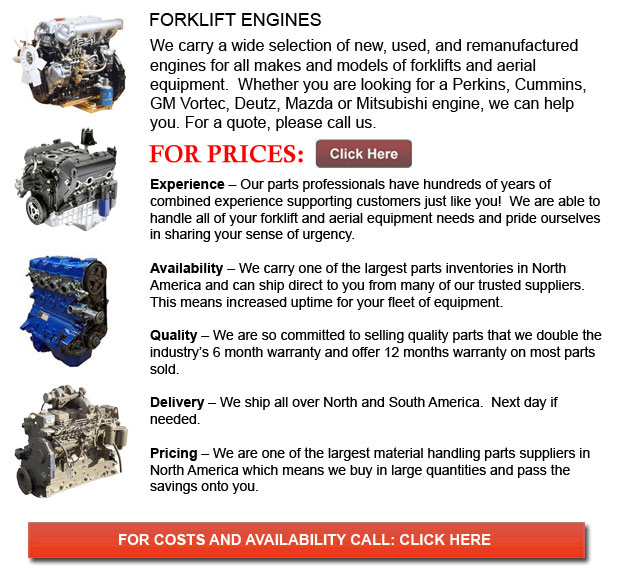
Forklift Engine - An engine, also called a motor, is a tool which converts energy into functional mechanical motion. Motors which transform heat energy into motion are referred to as engines. Engines are available in numerous kinds like for instance external and internal combustion. An internal combustion engine usually burns a fuel making use of air and the resulting hot gases are used for generating power. Steam engines are an illustration of external combustion engines. They use heat to be able to produce motion making use of a separate working fluid.
The electrical motor takes electrical energy and produces mechanical motion via varying electromagnetic fields. This is a typical kind of motor. Several kinds of motors are driven through non-combustive chemical reactions, other kinds can make use of springs and be driven by elastic energy. Pneumatic motors function by compressed air. There are other designs depending upon the application needed.
ICEs or Internal combustion engines
An ICE occurs whenever the combustion of fuel mixes along with an oxidizer inside a combustion chamber. In an internal combustion engine, the expansion of high pressure gases mixed along with high temperatures results in applying direct force to some engine components, for instance, nozzles, pistons or turbine blades. This particular force generates useful mechanical energy by way of moving the component over a distance. Typically, an ICE has intermittent combustion as seen in the popular 2- and 4-stroke piston motors and the Wankel rotating motor. Nearly all rocket engines, jet engines and gas turbines fall into a second class of internal combustion engines referred to as continuous combustion, which happens on the same previous principal described.
Stirling external combustion engines or steam engines significantly vary from internal combustion engines. The external combustion engine, wherein energy is to be delivered to a working fluid such as hot water, liquid sodium, pressurized water or air that is heated in a boiler of some sort. The working fluid is not mixed with, having or contaminated by burning products.
A range of designs of ICEs have been created and are now available along with numerous strengths and weaknesses. When powered by an energy dense gas, the internal combustion engine provides an effective power-to-weight ratio. Even though ICEs have been successful in numerous stationary applications, their actual strength lies in mobile applications. Internal combustion engines control the power supply meant for vehicles like for instance boats, aircrafts and cars. Some hand-held power tools use either battery power or ICE devices.
External combustion engines
In the external combustion engine is made up of a heat engine working with a working fluid like for instance gas or steam that is heated by an external source. The combustion would take place through the engine wall or through a heat exchanger. The fluid expands and acts upon the engine mechanism that produces motion. Next, the fluid is cooled, and either compressed and reused or discarded, and cool fluid is pulled in.
The act of burning fuel using an oxidizer in order to supply heat is referred to as "combustion." External thermal engines can be of similar application and configuration but make use of a heat supply from sources such as solar, nuclear, exothermic or geothermal reactions not involving combustion.
Working fluid can be of whatever composition, although gas is the most common working fluid. Every now and then a single-phase liquid is sometimes utilized. In Organic Rankine Cycle or in the case of the steam engine, the working fluid varies phases between gas and liquid.
![]() Click to Download the pdf
Click to Download the pdf
Forklift Parts



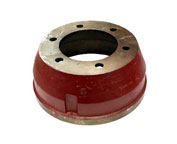
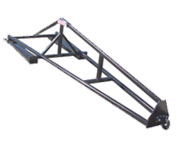
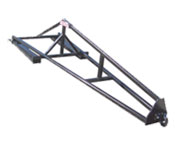

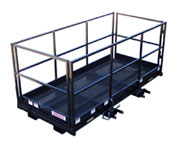
Lift Parts Express
TOLL FREE: 1-888-695-7994
Boston, Massachusetts
forkliftpartsboston.com
Email Us
About Us


